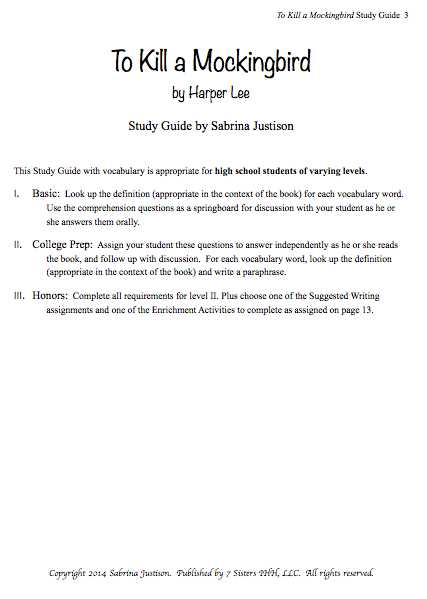
Understanding the core elements of Harper Lee’s iconic novel can greatly enhance your ability to grasp its deeper themes, character dynamics, and societal critiques. With a strong focus on both character development and the unfolding of major events, a closer look at the text will reveal how each component contributes to the overall message.
In this section, we explore the pivotal moments and characters that define the narrative, from the moral journey of young Scout Finch to the complex figures like Atticus Finch and Boo Radley. By breaking down the most significant aspects, readers can develop a clearer understanding of the novel’s rich themes and their relevance to both historical and contemporary issues.
Whether preparing for an exam or diving deeper into the meanings behind the story, this approach will provide a structured way to connect key ideas with the text. By focusing on crucial plot points, symbols, and character arcs, you’ll be better equipped to analyze the novel’s powerful message about justice, race, and morality.
Key Themes in To Kill a Mockingbird
The novel delves into complex social issues, revealing the moral struggles and harsh realities of life in the Deep South during the 1930s. At the heart of the narrative are themes that explore human nature, justice, and the consequences of prejudice. The exploration of these themes allows readers to reflect on personal values and societal standards, providing a powerful critique of the time period while offering timeless lessons for today’s world.
The Struggle for Racial Equality
One of the central themes in the novel is the pervasive impact of racism. Through the trial of Tom Robinson, an African American falsely accused of raping a white woman, the novel highlights the unfair treatment of black individuals in a racially segregated society. The injustice faced by Robinson serves as a poignant example of racial inequality and the biases that shape the legal and social systems.
Morality and the Loss of Innocence
The journey of Scout and Jem Finch is a critical narrative arc that portrays the loss of innocence. As they witness the injustices in their community, they begin to question the moral codes that guide their lives. The story illustrates the importance of developing a personal sense of morality in the face of social pressures, while also showing the painful but necessary transition from childhood naivety to an understanding of the complexities of right and wrong.
| Theme | Explanation | Example in the Novel |
|---|---|---|
| Racial Injustice | The unfair treatment and discrimination faced by African Americans in the legal system and society. | The trial of Tom Robinson and the biased verdict. |
| Morality and Ethics | The exploration of right and wrong, and the impact of personal values in shaping decisions. | Atticus Finch’s unwavering commitment to justice despite public opinion. |
| Innocence | The loss of childhood innocence as characters are exposed to the cruelty of the world. | Scout and Jem’s evolving understanding of racism and human nature. |
Understanding Major Characters in To Kill a Mockingbird
The characters in this novel are crucial to understanding its deeper themes and messages. Each character represents different aspects of society, morality, and human nature, contributing to the development of the story. By examining their personalities, motivations, and actions, readers can gain insight into the social dynamics of the time, as well as the complexities of good and evil, justice, and personal growth.
Atticus Finch, the father of Scout and Jem, stands as a moral pillar in the story. His unwavering commitment to justice and equality makes him a role model for his children and a symbol of integrity. His actions and decisions throughout the novel offer profound lessons in courage, fairness, and the importance of standing up for what is right, even when faced with public opposition.
Scout Finch, the narrator of the story, embarks on a journey of self-discovery as she grows from an innocent, curious child into someone who understands the complexities of the world around her. Through her eyes, readers witness the injustice and prejudice that define the town of Maycomb. Her evolving perception of right and wrong mirrors the broader theme of moral growth.
Jem Finch, Scout’s older brother, also experiences a loss of innocence as he comes to terms with the harsh realities of life. His relationship with his father, Atticus, and his protective nature towards Scout, highlight his personal development throughout the story. Jem’s journey represents the struggles of growing up and finding one’s own moral compass.
Other key figures, such as Boo Radley and Tom Robinson, play significant roles in illustrating themes of fear, compassion, and prejudice. Boo, though initially perceived as a mysterious and frightening figure, becomes a symbol of kindness and protection, while Tom represents the innocent victims of racial injustice. Understanding these characters helps deepen the reader’s comprehension of the novel’s central messages.
Plot Summary of To Kill a Mockingbird
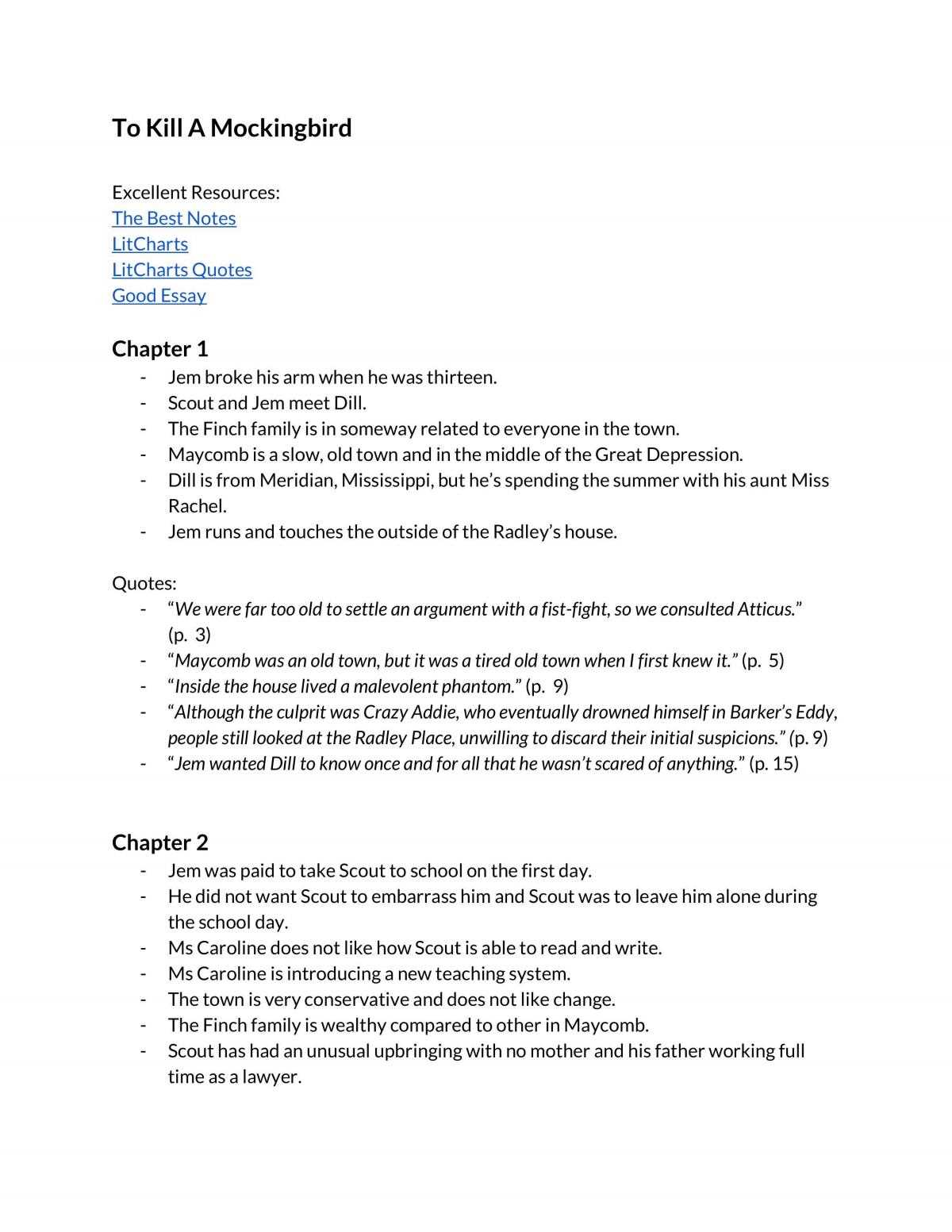
The novel unfolds in the fictional town of Maycomb, Alabama, during the 1930s. The story is told through the perspective of Scout Finch, a young girl, who recounts the events that shaped her understanding of justice, morality, and human nature. The plot primarily follows Scout and her brother Jem as they grow up, witnessing the harsh realities of life, particularly the racial inequalities that permeate their society.
At the heart of the narrative is the trial of Tom Robinson, a black man falsely accused of raping a white woman, Mayella Ewell. As their father, Atticus Finch, defends Robinson in court, Scout and Jem are exposed to the deep racial prejudices of their community. The trial becomes a central point in the novel, highlighting themes of injustice, courage, and integrity.
Parallel to the trial, the story also explores the mystery surrounding Boo Radley, a reclusive neighbor whom the children have long believed to be a frightening figure. Throughout the novel, Boo is an enigmatic character, and his eventual role in the lives of Scout and Jem offers a powerful commentary on fear, empathy, and understanding.
The plot progresses through various key events that help shape the moral development of the characters:
- Scout and Jem’s encounters with their neighbor, Boo Radley, who they initially fear.
- Atticus Finch accepting the role of defending Tom Robinson, despite the town’s prejudice.
- The trial and conviction of Tom Robinson, despite overwhelming evidence proving his innocence.
- Jem and Scout’s growing understanding of the complexities of good and evil in their world.
- Boo Radley’s unexpected intervention to save Scout and Jem from danger, revealing his true nature.
The novel concludes with the characters coming to terms with the injustices they have witnessed. Scout, in particular, gains a new perspective on her town and its people, learning the importance of empathy and understanding others’ experiences. The plot weaves together personal growth, social issues, and moral lessons, making it a timeless exploration of human nature.
The Role of Racism in To Kill a Mockingbird
Racism is a central theme that shapes the events and characters in this novel. The story takes place in a time and place where racial divisions are deeply entrenched in every aspect of society. The author uses the experiences of the characters to illustrate how racial prejudice influences both individual lives and the larger social structure. From the unjust treatment of African Americans to the way characters perceive and interact with each other, the impact of racism is pervasive and profound.
Racial Injustice in the Legal System
One of the most powerful examples of racism in the novel is the trial of Tom Robinson, an African American man falsely accused of raping a white woman. Despite clear evidence that Robinson did not commit the crime, the deep-seated racial prejudices of the community lead to his conviction. This event highlights the systemic racism within the legal system, where the color of one’s skin determines the likelihood of receiving justice.
Social Inequality and Prejudice
The novel also portrays the broader social inequalities faced by African Americans in Maycomb. Characters like Calpurnia, the Finch family’s African American housekeeper, and other black residents of the town are subjected to discrimination in both subtle and overt ways. Even well-meaning characters, such as Scout’s aunt, often reveal their unconscious biases. This reflects how racism permeates everyday interactions, shaping attitudes and expectations across all levels of society.
Atticus Finch as a Moral Hero
Atticus Finch stands as a symbol of moral integrity and courage in a world rife with injustice and prejudice. His unwavering commitment to doing what is right, despite the pressure and opposition from his community, makes him a figure of profound respect and admiration. Throughout the story, Atticus serves as a role model for his children, Scout and Jem, teaching them valuable lessons about empathy, fairness, and standing up for justice, even when it is unpopular.
Commitment to Justice
Atticus’s decision to defend Tom Robinson, an African American falsely accused of raping a white woman, exemplifies his belief in justice and equality. Despite knowing that the case will not likely end in Robinson’s favor due to the racial prejudices of the town, Atticus takes the case because it is the right thing to do. His actions challenge the societal norms of Maycomb, where racial inequality is deeply rooted. For Atticus, the law must apply equally to all individuals, regardless of their race or social status.
Lessons of Empathy and Understanding
Atticus consistently teaches his children to view the world from others’ perspectives, a lesson that helps them navigate the complexities of morality. Some key lessons Atticus imparts include:
- Always consider the feelings and experiences of others before making judgments.
- Understand that people’s actions are often shaped by their circumstances, upbringing, and fears.
- Remain steadfast in your values, even when faced with public criticism.
Through Atticus’s example, Scout and Jem learn to develop their own sense of right and wrong, guided by principles of fairness and compassion. Atticus’s moral strength serves as a counterpoint to the prejudice and hatred around him, making him a beacon of hope and integrity in a morally divided society.
Examining the Symbolism of the Mockingbird
The mockingbird in the novel serves as a powerful symbol of innocence, purity, and the harm that comes from unjust persecution. Throughout the story, the concept of the mockingbird is used to represent individuals or groups who are vulnerable and wronged by society without any fault of their own. Just as the bird harms no one and only brings beauty to the world, the characters who embody this symbol are innocent but suffer due to the prejudices and flaws of those around them.
The idea of harming a mockingbird is presented as an unforgivable act, which reflects the deeper moral lesson of the story: causing harm to the innocent, especially when motivated by fear or hatred, is an act of profound injustice. This symbolism resonates deeply with the characters’ experiences, particularly with Tom Robinson and Boo Radley, both of whom are emblematic of the mockingbird in their respective stories.
In the context of the novel, the mockingbird symbolizes:
- Tom Robinson: An innocent man falsely accused of a crime, whose only “wrongdoing” is being a black man in a racially biased society.
- Boo Radley: A misunderstood recluse who, despite his perceived eccentricities, ultimately shows kindness and protection towards the Finch children.
- Children’s Innocence: Scout and Jem, whose initial innocence is shattered as they confront the prejudices and injustices of the adult world.
The protection of the mockingbird serves as a moral guideline in the story, emphasizing the importance of safeguarding the innocent and challenging societal wrongs. By the end of the novel, this symbol reinforces the message that true moral courage lies in standing up for those who cannot defend themselves, regardless of public opinion or societal expectations.
Key Events That Shape the Story
Throughout the narrative, several pivotal events shape the characters’ development and bring the central themes to the forefront. These moments serve as turning points, influencing the way characters view themselves, others, and the world around them. Each significant event pushes the characters to confront difficult truths about society, morality, and human nature, ultimately guiding their emotional and intellectual growth.
Some of the most defining events in the story include:
- The Arrival of the Finch Family’s New Neighbor, Boo Radley: The children’s fascination with their mysterious neighbor sets the stage for themes of fear, misunderstanding, and ultimately, compassion.
- Atticus Finch Accepting the Case of Tom Robinson: This event introduces the central conflict of the story, as Atticus defends an innocent black man falsely accused of raping a white woman, forcing his family and the community to confront racial injustice.
- The Trial of Tom Robinson: A courtroom drama that exposes the deep-seated racism within the community and the flawed justice system. The trial’s outcome, despite clear evidence of Tom’s innocence, illustrates the racial prejudices of the time.
- The Mob at the Jailhouse: A tense moment where Atticus faces a mob of angry townspeople intent on lynching Tom Robinson. This event reveals the raw hatred within the community and the moral courage required to resist it.
- Boo Radley’s Intervention: The unexpected actions of Boo Radley, who saves Scout and Jem from an attack, bring the story to a poignant close, highlighting themes of protection, understanding, and the power of kindness.
Each of these events plays a crucial role in the emotional and thematic progression of the story. They serve not only to advance the plot but also to deepen the readers’ understanding of the social and moral challenges faced by the characters. By examining these key moments, one gains a better appreciation of the novel’s exploration of human nature, justice, and morality.
Impact of the Setting in To Kill a Mockingbird
The setting of a story plays a crucial role in shaping its characters, themes, and overall tone. In this case, the small town of Maycomb, Alabama, during the 1930s, serves as a backdrop that deeply influences the events and interactions in the novel. The time period, characterized by the Great Depression and pervasive racial segregation, creates a world where social norms are rigid, and injustices are often ignored or accepted. The environment serves not only as a reflection of the societal attitudes of the time but also as a catalyst for the challenges faced by the main characters.
The Influence of Maycomb’s Social Structure
Maycomb is a town steeped in tradition and hierarchy, where the roles of race, class, and gender significantly affect the way people live and interact. In this tightly-knit community, social status determines much of how individuals are treated, leading to divisions that often run along racial lines. The tension between these social groups impacts the lives of everyone, particularly those who, like Atticus Finch, challenge the status quo. Some key aspects of Maycomb’s social structure include:
- Racial Segregation: The black and white communities are sharply divided, with African Americans facing systemic discrimination and being denied basic rights, including a fair trial.
- Class Distinctions: Class plays a significant role in shaping people’s lives, as the wealthier families hold more power, while the poor struggle to survive. The Ewells, for example, are considered to be at the bottom of the social ladder, despite being white.
- Gender Expectations: The roles of women are defined by societal expectations, with little room for deviation. Scout, as a young girl, is frequently pressured to conform to these gender norms.
The Great Depression and Its Impact on Maycomb
The economic struggles of the 1930s form the backdrop of the novel, contributing to the town’s atmosphere of hardship and distrust. The Great Depression exacerbates the existing inequalities, with many of the townspeople facing poverty and uncertainty. This climate of desperation influences the actions of key characters and their interactions with each other, particularly in the courtroom. The following elements highlight how the economic landscape shapes the narrative:
- Financial Strain: Families like the Finches, who maintain a middle-class lifestyle, are directly affected by the economic downturn, making their role in the community more challenging.
- Poverty and Racism: Economic hardship is often intertwined with racial prejudice, as seen in the unfair treatment of Tom Robinson, a black man falsely accused of a crime he did not commit.
Ultimately, the setting in which the story takes place amplifies the moral and social challenges the characters face, offering a vivid reflection of the historical period and the societal dynamics at play. Through the town of Maycomb, the novel explores issues of racism, inequality, and justice, providing a rich context for the characters’ experiences and growth.
Scout Finch’s Coming-of-Age Journey
Throughout the novel, Scout Finch undergoes a profound transformation, evolving from a young, naive child into a more perceptive and morally aware individual. Her journey of growth is shaped by the events around her, particularly the trial of Tom Robinson and the interactions she has with the people in her life, including her father, Atticus Finch. As Scout navigates her childhood, she learns about the complexities of human nature, justice, and morality. Her coming-of-age journey highlights the challenges of understanding the world through the lens of both innocence and experience.
Scout’s Early Understanding of the World
At the beginning of the story, Scout views the world in a simple, often black-and-white manner. Her innocence is reflected in her initial understanding of concepts such as good and evil, right and wrong. She has a strong sense of justice but struggles to comprehend the racial prejudices and social divisions that define her community. Some key moments that reflect her early understanding include:
- Her Childhood Rebellion: Scout’s spunky personality often leads her to question authority, especially when it comes to societal expectations of behavior for girls. Her fights at school and her disagreements with her teacher Miss Caroline are early signs of her independent thinking.
- Perception of Boo Radley: At the start, Scout is both frightened and fascinated by the mysterious Boo Radley. She sees him as a source of childish myths, not yet understanding the complexities of human isolation and kindness.
Growth Through Difficult Lessons
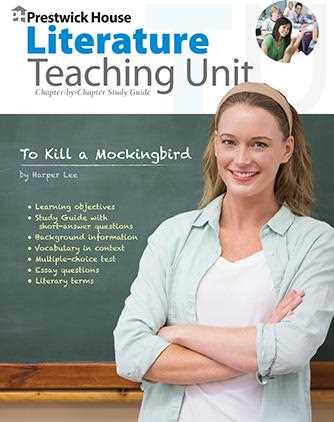
As the narrative progresses, Scout is forced to confront the injustices that exist in her world, especially the deeply ingrained racism that permeates her society. Through the trial of Tom Robinson and the interactions with her father, Atticus, she begins to see the complexities of human behavior and the importance of empathy and moral courage. Notable events that help shape her development include:
- Witnessing the Trial: Scout’s exposure to the trial opens her eyes to the racial injustices present in her community. Although she struggles to understand the unfairness of the situation, she begins to grasp the significance of her father’s role as a moral beacon in the midst of overwhelming prejudice.
- Learning from Atticus: Atticus serves as Scout’s primary moral guide throughout her journey. His teachings about the importance of empathy, integrity, and fighting for what’s right help Scout navigate the complexities of life. His response to the challenges of defending Tom Robinson teaches her the value of standing up for justice, even when it’s difficult.
By the end of the story, Scout has gained a more nuanced understanding of the world around her. She comes to appreciate the complexity of human nature and begins to understand that not everything is as simple as it appears at first glance. Scout’s coming-of-age journey is a testament to the importance of growth, learning, and the ability to see the world through the eyes of others.
The Importance of the Trial in To Kill a Mockingbird
The trial at the heart of the novel serves as a pivotal event that not only drives the plot forward but also exposes the deep-rooted social issues within the community. It is through the trial that themes of racial injustice, morality, and the loss of innocence come to the forefront. The trial of Tom Robinson, a black man falsely accused of raping a white woman, becomes a symbol of the systemic racism and inequality that permeate the fictional town of Maycomb. Beyond the courtroom drama, the trial challenges the characters, especially the Finch family, to confront their beliefs about right and wrong.
Social Implications of the Trial
The trial acts as a microcosm of the larger societal issues in the town. It highlights the tension between those who uphold the prevailing racist norms and those who seek justice, regardless of the societal pressures. The trial’s significance extends beyond the legal proceedings, as it forces the townspeople to confront their biases, both conscious and unconscious. Key elements of the trial’s social impact include:
- Racial Tension: The trial exposes the racial divide in Maycomb, where African Americans are denied equal rights and subjected to prejudice. Despite clear evidence proving Tom Robinson’s innocence, the all-white jury convicts him simply because of his race.
- Community Divisions: The trial divides the community, with some supporting Atticus Finch’s efforts to defend Robinson, while others openly oppose him due to their own racial prejudices. This creates a sense of moral conflict within the town.
The Moral Lessons from the Trial
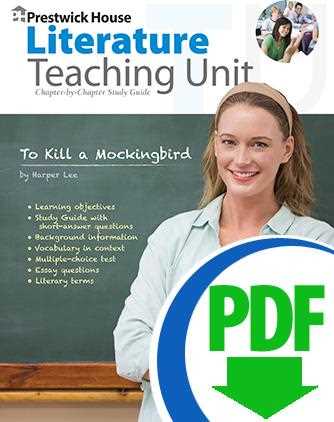
For the main characters, the trial becomes a lesson in moral courage and integrity. Atticus Finch, in particular, exemplifies the importance of standing up for what is right, even when facing overwhelming odds. The trial forces Scout and her brother, Jem, to confront the harsh realities of the world, challenging their previously held beliefs about justice and fairness. Some of the key moral lessons drawn from the trial include:
- Atticus’s Commitment to Justice: Atticus’s defense of Tom Robinson, despite knowing the unlikelihood of a fair trial, teaches his children the value of doing what is right, even when it is unpopular or difficult.
- The Loss of Innocence: For Scout and Jem, the trial marks a turning point in their journey from innocence to understanding. They witness the cruelty of prejudice and the flaws in the justice system, which forces them to grapple with the complexities of human nature.
Ultimately, the trial serves as a catalyst for change, both within the characters and the larger community. It exposes the flaws in the system and encourages individuals to reconsider their own beliefs and actions. Through the trial, the novel underscores the importance of empathy, moral integrity, and the fight for justice, regardless of the challenges that may arise.
Social Issues Addressed in To Kill a Mockingbird
The story highlights numerous pressing social issues that were prevalent in the time and place it is set. Through the interactions and struggles of the characters, the narrative brings attention to the complexities of race, class, gender, and morality in a deeply divided society. The novel doesn’t shy away from addressing these issues, offering a candid reflection on the challenges of justice, equality, and human behavior. It encourages readers to question societal norms and recognize the inherent flaws that exist within social structures.
Key Social Issues Explored
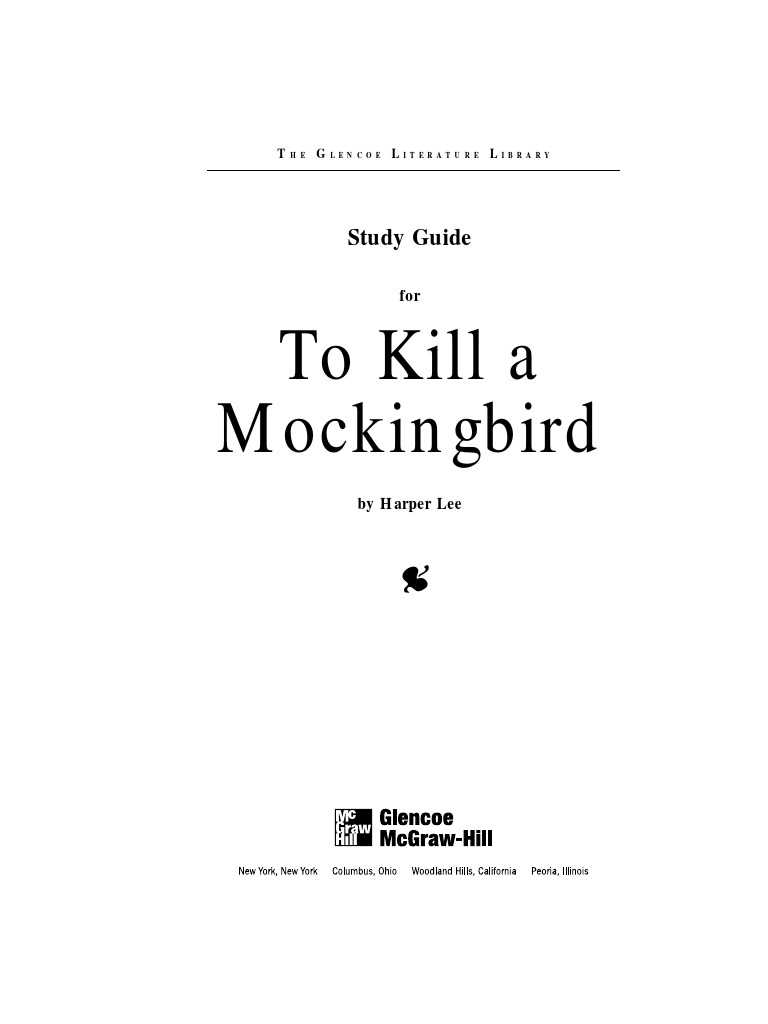
The primary social issues addressed throughout the novel are closely intertwined, with each influencing the other. The following table breaks down some of the most significant topics explored:
| Social Issue | Description |
|---|---|
| Racial Injustice | The most prominent issue in the story, racial injustice manifests in the trial of Tom Robinson, where a black man is wrongfully accused of raping a white woman. The novel sheds light on the prejudices that lead to his conviction despite evidence proving his innocence. |
| Class Disparities | The social divide between the wealthy white families and the lower-income citizens, such as the Ewells, is a recurring theme. The novel explores how class influences perceptions and treatment of individuals, regardless of their character or actions. |
| Gender Roles | Gender expectations play a critical role, especially through the character of Scout, who is often confronted with societal norms dictating how girls should behave. Her rebellious spirit challenges these traditional views, as she is encouraged by her father, Atticus, to remain true to herself. |
| Prejudice and Stereotyping | The novel also examines how preconceived notions about people based on their race or background often lead to unfair treatment and actions. The characters, particularly the African American community, are often subjected to unjust stereotypes that shape their lives and interactions. |
Impact of Social Issues on Characters
Each of these issues shapes the lives and decisions of the characters. For example, Atticus Finch’s commitment to defending Tom Robinson despite knowing the challenges he will face speaks volumes about his integrity and dedication to fighting social injustices. Similarly, Scout’s coming-of-age journey is influenced by her encounters with societal expectations and prejudice, which force her to confront her own beliefs about fairness and equality.
These social issues are not only central to the plot but also act as a reflection of the broader historical and cultural tensions that existed during the period in which the story is set. Through its portrayal of these topics, the novel encourages readers to reflect on the relevance of these issues in today’s society, urging them to examine the ongoing struggles for justice, equality, and human dignity.
The Relationship Between Scout and Jem
The bond between Scout and Jem is central to the narrative, showcasing the dynamics of sibling relationships as they navigate the challenges of growing up. While their personalities differ, with Scout being curious and headstrong, and Jem more thoughtful and protective, their relationship is characterized by mutual respect, love, and occasional conflict. Throughout the story, their relationship evolves, shaped by the events they experience together and the lessons they learn from their father, Atticus Finch.
In the beginning, Jem assumes the role of an older brother, guiding Scout through their childhood adventures and offering advice, albeit with a sense of superiority. As the story progresses, however, their roles become less defined, with Scout gaining more maturity and beginning to question the world around her, challenging the ideas that Jem holds. This shift highlights the changing nature of their relationship as both siblings face personal growth and a greater understanding of their surroundings.
Key Moments in Their Relationship
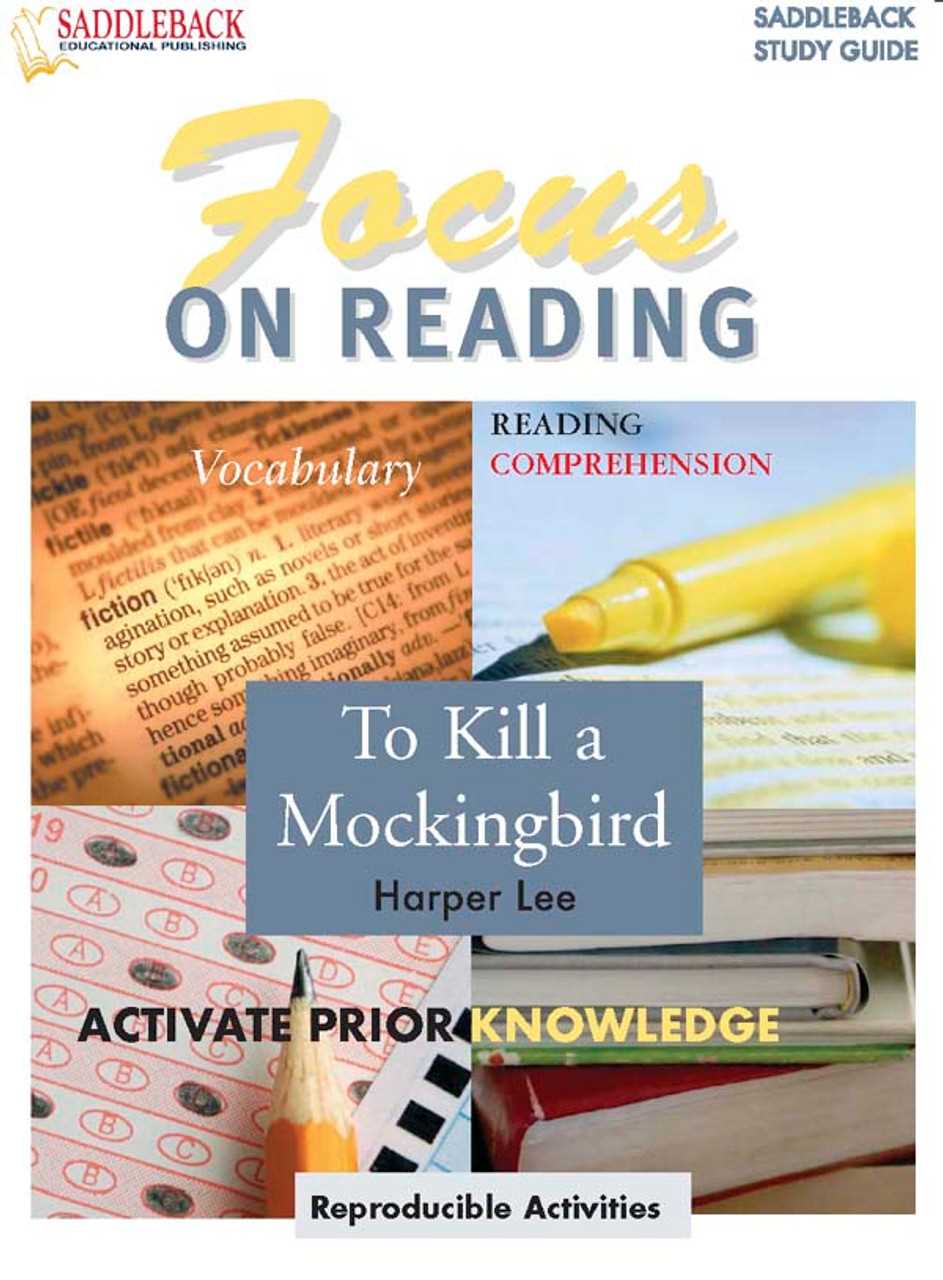
Several significant events highlight the bond between the two siblings:
- Shared Experiences: From playing in their neighborhood to observing their father’s work, the siblings often experience the same events from different perspectives. Their conversations about these experiences form the foundation for their understanding of the world.
- Protectiveness: Throughout the story, Jem shows a protective instinct toward Scout, particularly when she faces danger or when their differences in maturity cause tension. His actions reflect the deep care he feels for her, despite occasional disagreements.
- Facing Injustice Together: The trial of Tom Robinson serves as a pivotal moment in their relationship. As they witness racial injustice firsthand, both Scout and Jem struggle to comprehend the unfairness around them. This shared experience deepens their emotional connection, though it also forces them to confront uncomfortable truths.
Ultimately, the evolving relationship between Scout and Jem illustrates the complexities of growing up and learning about the world. While they may not always agree, their sibling bond remains strong, supporting each other through the trials and tribulations they encounter. Their relationship is a testament to the growth and resilience that comes with facing life’s challenges, both individually and together.
Understanding the Character of Boo Radley
Boo Radley is one of the most intriguing and mysterious figures in the story, often seen as an enigma by the townspeople and the children. Initially portrayed as a figure of fear and gossip, Boo’s true nature is slowly revealed throughout the narrative. His character serves as a symbol of innocence, kindness, and the misjudgments that often arise from societal prejudices. What makes Boo fascinating is the contrast between how he is perceived and who he truly is. While many in the town view him as a dangerous recluse, his actions reveal a compassionate and selfless individual who ultimately seeks to protect the children.
Throughout the story, Boo is both a literal and symbolic figure, representing the themes of isolation, judgment, and the loss of innocence. His role in the story is not just as a mysterious neighbor, but also as someone who challenges preconceived notions and prejudices. As Scout and Jem grow older, they come to realize that Boo’s supposed “monstrous” behavior is a result of misunderstandings, and that he has been unjustly maligned by society.
Key Moments That Reveal Boo’s Character
Several key moments in the story highlight Boo Radley’s character and his role in the lives of Scout and Jem:
- Gifts in the Tree: The children discover small gifts hidden in a tree knothole, left by Boo as a form of silent communication. These offerings hint at his desire to connect with them and offer kindness without revealing himself.
- The Blanket During the Fire: When a fire breaks out at Miss Maudie’s house, Boo quietly drapes a blanket over Scout’s shoulders, a protective gesture that is unnoticed by her at the time but reveals his caring nature.
- Saving the Children: In the novel’s climax, Boo emerges from the shadows to save Scout and Jem from an attack by Bob Ewell. This act of bravery reveals Boo’s true nature as a protector, shattering the myths surrounding him.
By the end of the story, Boo Radley is no longer the frightening figure the children once imagined. Instead, he becomes a symbol of compassion and the importance of looking beyond surface-level appearances to understand the true nature of others. His character challenges readers to question their own assumptions about people who are different or misunderstood, highlighting the importance of empathy and understanding in a divided world.
Why Tom Robinson is a Victim
Tom Robinson’s story is a tragic example of how prejudice, racism, and social injustice can destroy an innocent life. Throughout the narrative, Tom is not only a victim of false accusations, but also of a deeply flawed system that fails to protect him from the societal forces working against him. Despite his undeniable innocence, he becomes the target of both systemic racism and the personal biases of those in power. Tom’s plight reveals how easily individuals can become scapegoats in an unjust society, and how race and class can dictate one’s fate, regardless of the truth.
Tom Robinson is a black man accused of raping a white woman, Mayella Ewell, a crime he did not commit. His case represents the deep racial divides in the community, where the legal system is rigged against black people, and where white individuals hold power over the lives of the marginalized. Tom’s innocence is overshadowed by the racial prejudices of the townspeople, who are more willing to believe the word of a white family over the testimony of a black man. Even though there is overwhelming evidence that Tom could not have committed the crime, he is convicted simply because of his race.
Factors That Make Tom Robinson a Victim
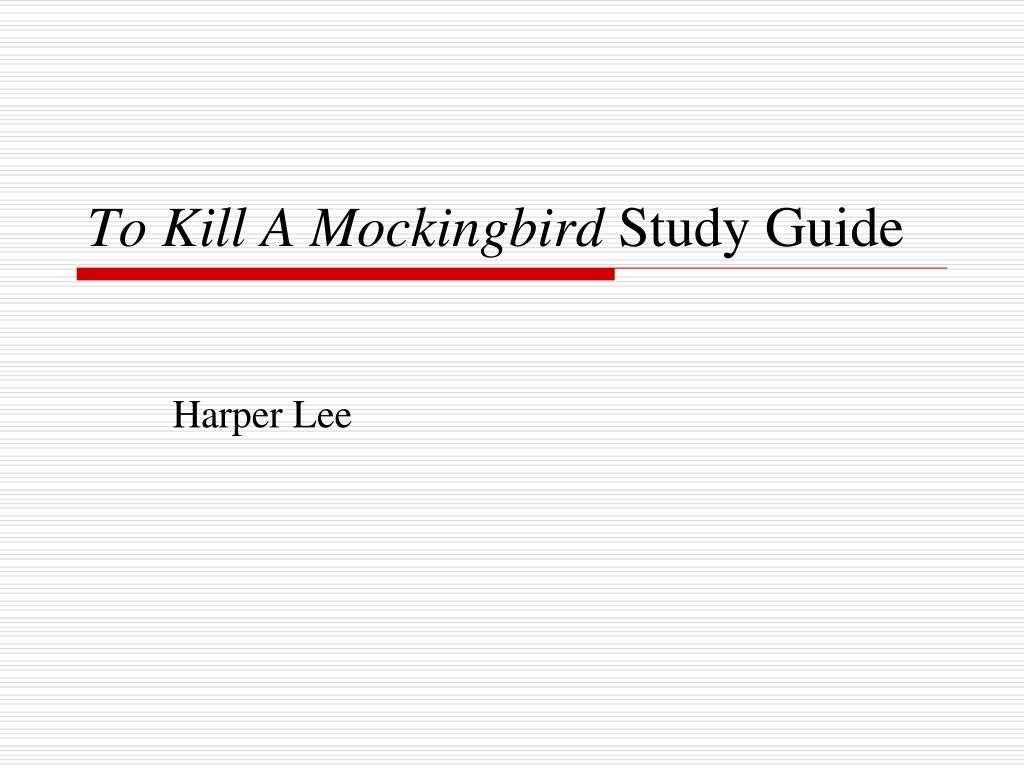
- Racial Prejudice: As a black man, Tom is automatically seen as guilty, regardless of the lack of evidence. His race plays a pivotal role in his conviction, and the jury’s decision is influenced more by racial biases than by the facts presented in court.
- Social Class: Tom is a poor, uneducated laborer, making him even more vulnerable in a society where the white upper class holds all the power. His lower social standing further alienates him from a system that is stacked against him.
- The Lack of a Fair Trial: Despite having a lawyer who tries to defend him, Tom is denied a fair trial. The legal system, instead of being impartial and just, is an extension of the town’s prejudices and inequalities.
- False Accusations: Tom’s victimization begins with the false accusations made by Mayella Ewell, who, in an attempt to cover up her own wrongdoing, accuses Tom of a crime he did not commit. This lie sets in motion a series of events that ultimately result in Tom’s death.
Tom Robinson’s case serves as a heartbreaking reminder of the deep-rooted inequalities that can pervade even the justice system, where the truth is often overlooked in favor of societal norms and biases. His victimization is not just a product of individual acts of cruelty, but of a system that perpetuates inequality and injustice. In the end, Tom Robinson’s death becomes a symbol of the tragic consequences of racism, and his story calls attention to the need for greater fairness and equality in society.
Harper Lee’s Writing Style
Harper Lee’s narrative technique in her novel is characterized by a blend of clear, straightforward storytelling and deeper, more subtle exploration of complex social issues. Through the eyes of the young protagonist, Lee crafts a narrative that is both personal and universal, providing readers with a child’s innocent perspective while addressing profound topics like racial injustice, morality, and the loss of innocence. Her use of tone, dialogue, and structure contributes to a work that resonates with readers on multiple levels, balancing moments of lightheartedness with stark depictions of harsh realities.
Simple Yet Powerful Prose
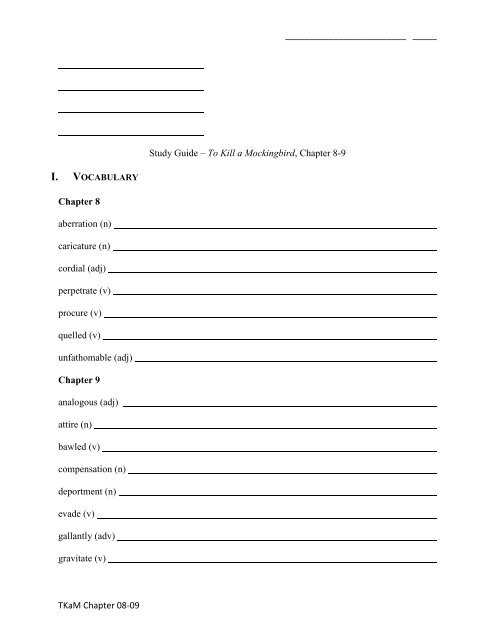
Lee’s writing is marked by its simplicity, which serves to enhance the emotional impact of the story. Her sentences are often direct, yet they contain layers of meaning that reveal the complexities of the human condition. This simplicity allows readers of all ages to connect with the narrative while still addressing serious social issues.
- Accessible Language: The author uses language that is easy to follow, making the themes of the story approachable, even for younger readers. The dialogue is grounded in realism, reflecting the Southern dialects of the time.
- Symbolism and Metaphor: Despite the simplicity of her prose, Lee often incorporates symbolic elements that add depth to the story. The mockingbird, for instance, symbolizes innocence and the unjust persecution of the innocent.
The Use of Perspective
One of the most distinctive features of Lee’s style is her use of the first-person narrative, which is delivered from the point of view of Scout Finch. By having the story unfold through the eyes of a child, Lee is able to convey both a sense of wonder and confusion, as Scout grapples with the complexities of the adult world. This perspective also allows the author to introduce important themes through the lens of personal growth and maturation.
- Childhood Innocence: Scout’s perspective provides a stark contrast to the injustice and prejudice she witnesses, making her eventual understanding of these issues all the more poignant.
- Reflection and Memory: The narrative is not only told in the moment, but also as a recollection of events from an adult perspective. This layering of time adds depth and wisdom to Scout’s reflections.
Lee’s ability to blend simplicity with depth allows her to engage readers emotionally and intellectually, making her novel both accessible and thought-provoking. Through her distinctive style, she crafts a powerful commentary on the human experience, revealing the complexities of morality, justice, and society in ways that resonate deeply with readers of all backgrounds.
Literary Devices in To Kill a Mockingbird
Throughout the narrative, various literary devices are used to enhance the themes, character development, and emotional resonance of the story. These techniques help build a layered and complex narrative, allowing the author to subtly explore profound societal issues while also engaging readers on a deeper level. By employing imagery, symbolism, foreshadowing, and more, the author provides a rich, multi-dimensional text that invites readers to reflect on both the immediate story and the larger moral questions it raises.
Common Literary Devices
Several key literary devices are prevalent in the story, each playing a crucial role in shaping the overall message and experience for the reader.
| Literary Device | Description |
|---|---|
| Symbolism | The mockingbird symbolizes innocence, kindness, and the unjust persecution of the innocent. This central metaphor underscores the themes of racial injustice and the loss of innocence throughout the novel. |
| Foreshadowing | Throughout the story, subtle clues hint at future events, such as the hint of Boo Radley’s role in saving the children or the tragic outcome of Tom Robinson’s trial. These early hints build tension and prepare the reader for significant developments. |
| Imagery | Rich, descriptive language is used to create vivid pictures in the reader’s mind, whether describing the dusty town of Maycomb or the emotional atmosphere of the trial. The sensory details bring the setting and characters to life. |
| Irony | There is a strong use of situational and dramatic irony, particularly in the courtroom scenes where societal norms and justice are revealed to be in direct contradiction to each other. The fact that an innocent man is convicted purely because of his race is a deeply ironic commentary on the flaws of the justice system. |
| Characterization | The author develops complex characters, such as Atticus Finch, whose moral integrity and role as a father figure are central to the narrative. Through direct and indirect characterization, the reader gains deep insight into the characters’ motivations and conflicts. |
Impact of Literary Devices
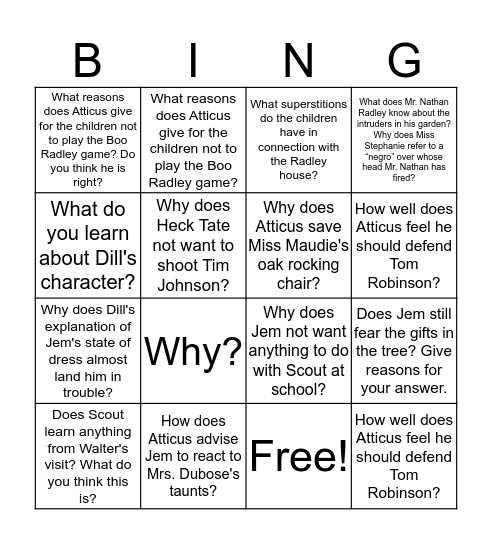
Each of these devices serves a dual purpose in enhancing the narrative. While they deepen the emotional impact of the story, they also reflect the broader themes of the novel, such as morality, injustice, and the complexities of human nature. For example, the use of foreshadowing creates a sense of inevitability in the novel, making the tragic events feel both heartbreaking and unavoidable. Similarly, symbolism allows readers to draw connections between personal stories and larger societal issues, reinforcing the novel’s message about the moral fabric of society.
In conclusion, the literary devices employed in the story work together to create a compelling, thought-provoking work that resonates deeply with readers, drawing attention to the challenges of growing up, standing up for what’s right, and confronting societal prejudices.
Major Themes and Their Significance
The story explores several major themes that provide insight into human nature, societal flaws, and the moral dilemmas faced by individuals. These themes are interwoven throughout the narrative, offering commentary on the complexities of race, justice, innocence, and personal growth. Each theme not only drives the plot forward but also prompts readers to reflect on their own beliefs and attitudes about the world around them.
Racial Injustice
One of the most prominent themes in the story is the issue of racial inequality. This theme is reflected in the trial of an innocent man, accused solely because of his race. The deeply ingrained racial prejudices of the time and the biased legal system serve as a backdrop for the story, highlighting the societal injustices that affect not only the accused but also the community as a whole. The treatment of individuals based on their skin color reveals the harsh realities of racial discrimination and its long-lasting impact on society.
The Loss of Innocence
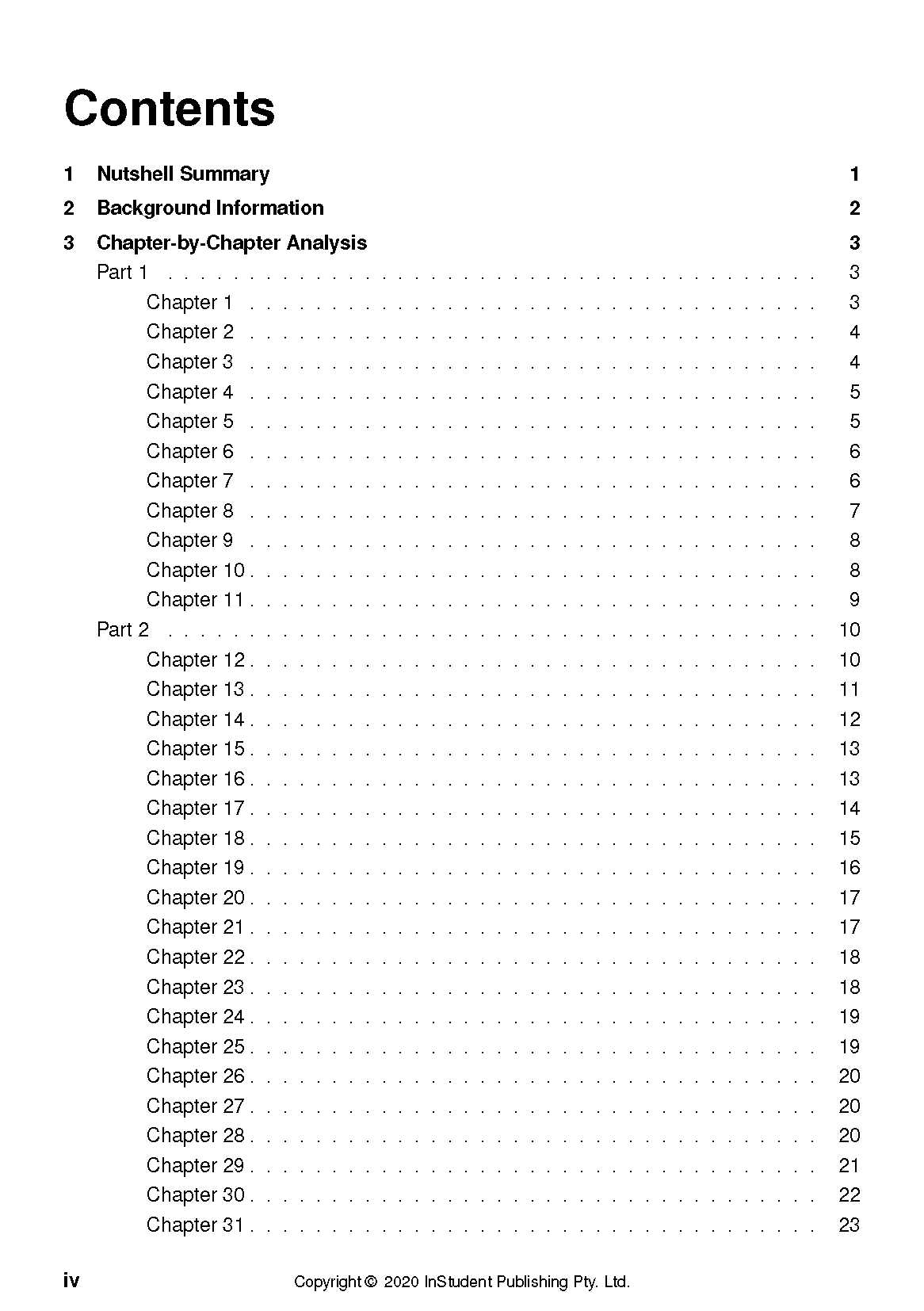
Another significant theme is the loss of innocence, particularly as seen through the experiences of the younger characters. As they witness the unjust treatment of others and face harsh realities about human nature, their understanding of the world changes. The loss of childhood innocence is portrayed as an inevitable part of growing up, but it also serves as a commentary on the injustices that force this loss in the first place. This theme is most notably explored through the character of Scout as she matures and begins to understand the complexities of morality and justice.
Empathy and Moral Growth
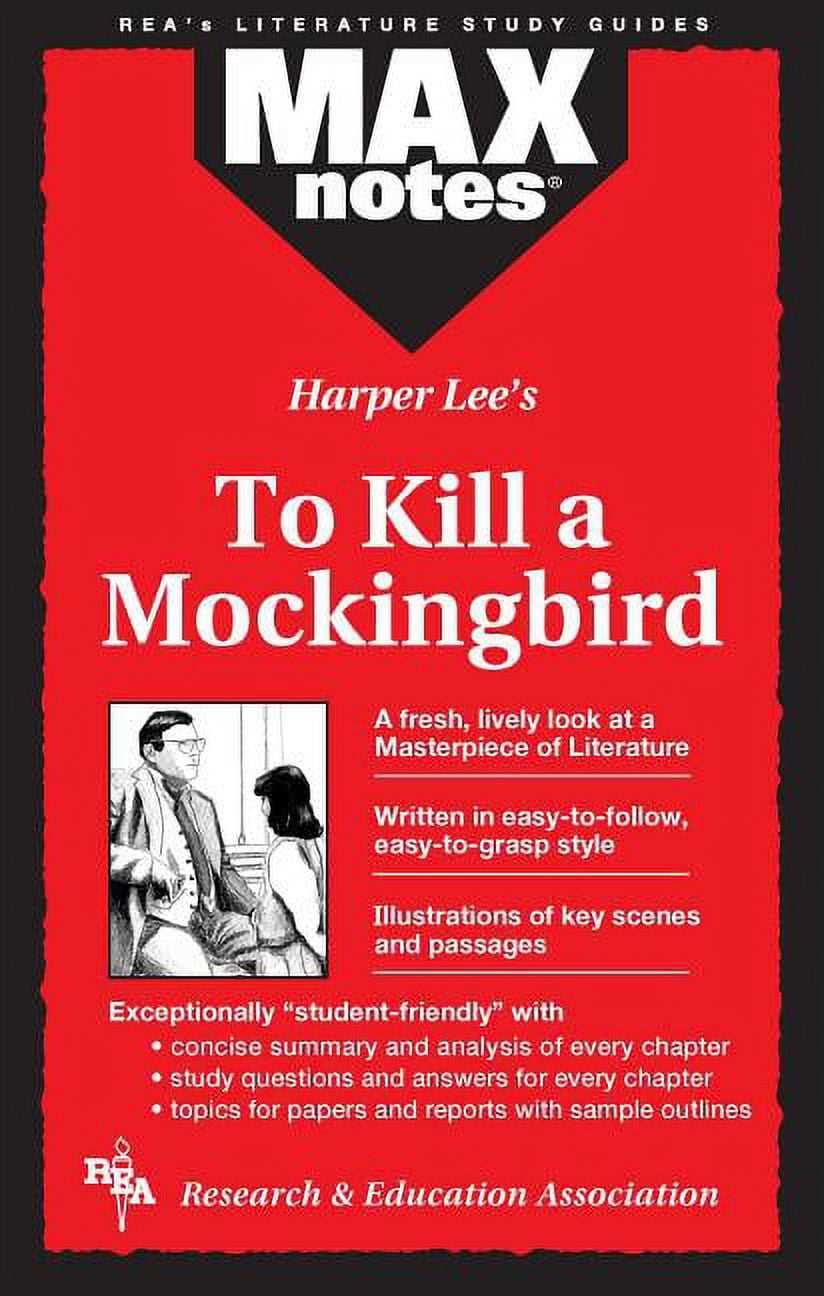
A key theme that runs throughout the narrative is the importance of empathy and understanding others’ perspectives. This theme is exemplified by the character of Atticus Finch, who teaches his children the value of seeing the world from another person’s point of view. The concept of moral growth is closely tied to this idea, as the characters struggle with making ethical decisions, especially when faced with difficult choices that challenge societal norms. The theme encourages readers to examine their own beliefs and consider the broader consequences of their actions on others.
These themes not only serve as the foundation for the plot but also resonate with universal moral questions that continue to be relevant in contemporary discussions about equality, justice, and personal development. By engaging with these themes, readers are prompted to reflect on how they can apply these lessons to their own lives and contribute to creating a fairer, more compassionate society.
How to Analyze for Exams
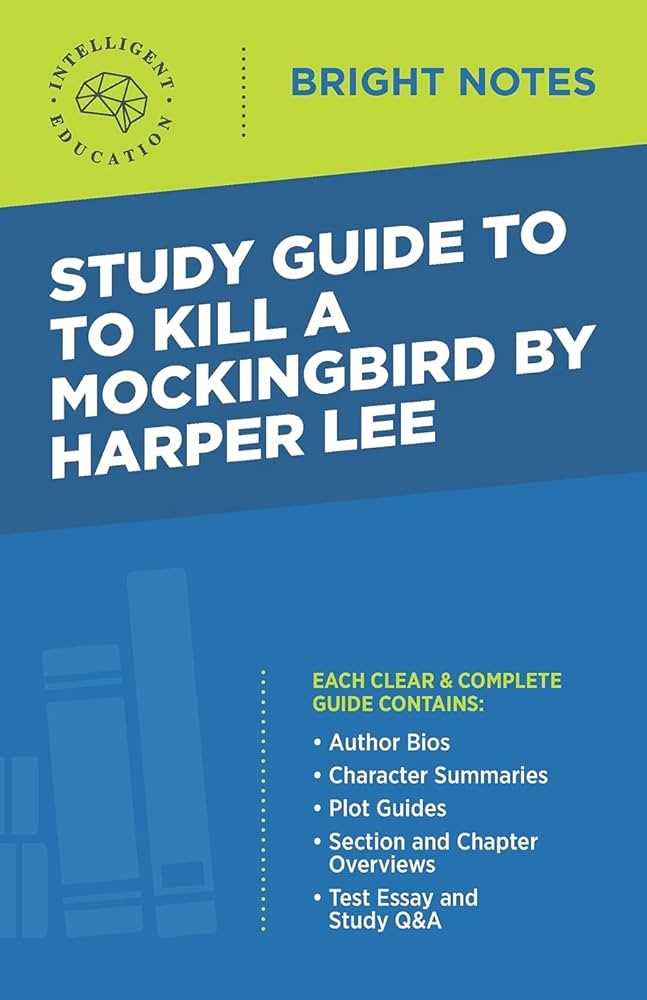
Analyzing a literary work for exams requires a thorough understanding of its themes, characters, plot, and underlying messages. A successful analysis not only focuses on recounting events but also involves critical thinking and drawing connections between the text’s elements. To prepare effectively, it’s important to focus on key aspects of the narrative and how they contribute to the broader context of the work. Here are several strategies to help you break down the material for exam success.
1. Understand the Key Themes
Every story revolves around specific themes that shape the narrative and its meaning. Identifying these themes is essential for analysis. To prepare for exams, consider the following:
- Identify the central themes: What major ideas or issues does the narrative explore (e.g., morality, racial prejudice, innocence, justice)?
- Connect themes to events: How do the characters’ actions and the plot reflect these themes?
- Examine the theme’s impact: How do these themes influence the characters and the development of the story?
2. Analyze the Characters
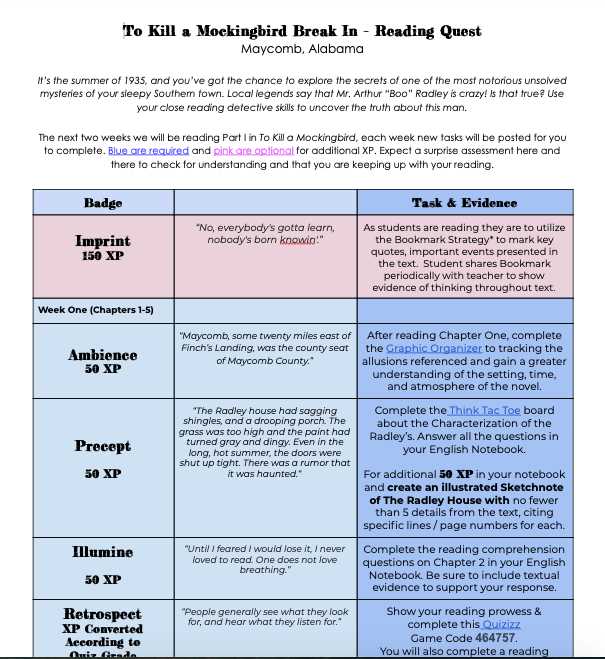
Understanding the characters and their motivations is crucial for a complete analysis. Consider how the protagonists, antagonists, and supporting characters contribute to the narrative and themes. Key aspects to focus on include:
- Character development: How do the characters evolve throughout the story? Are their changes influenced by key events or themes?
- Character relationships: How do characters interact with one another, and what do these relationships reveal about them?
- Symbolism of characters: Do any characters symbolize broader concepts or themes (e.g., justice, morality)?
3. Focus on Symbolism and Literary Devices
Literary devices such as symbolism, imagery, and metaphors add depth to the narrative. Pay attention to the objects, characters, or events that hold symbolic meaning. For example:
- Symbols: How are symbols used to convey the author’s message? What do they represent?
- Metaphors and similes: Are there any comparisons that add meaning or insight into the story?
- Irony and foreshadowing: How do these devices build tension or reveal hidden truths?
4. Examine the Setting and Context
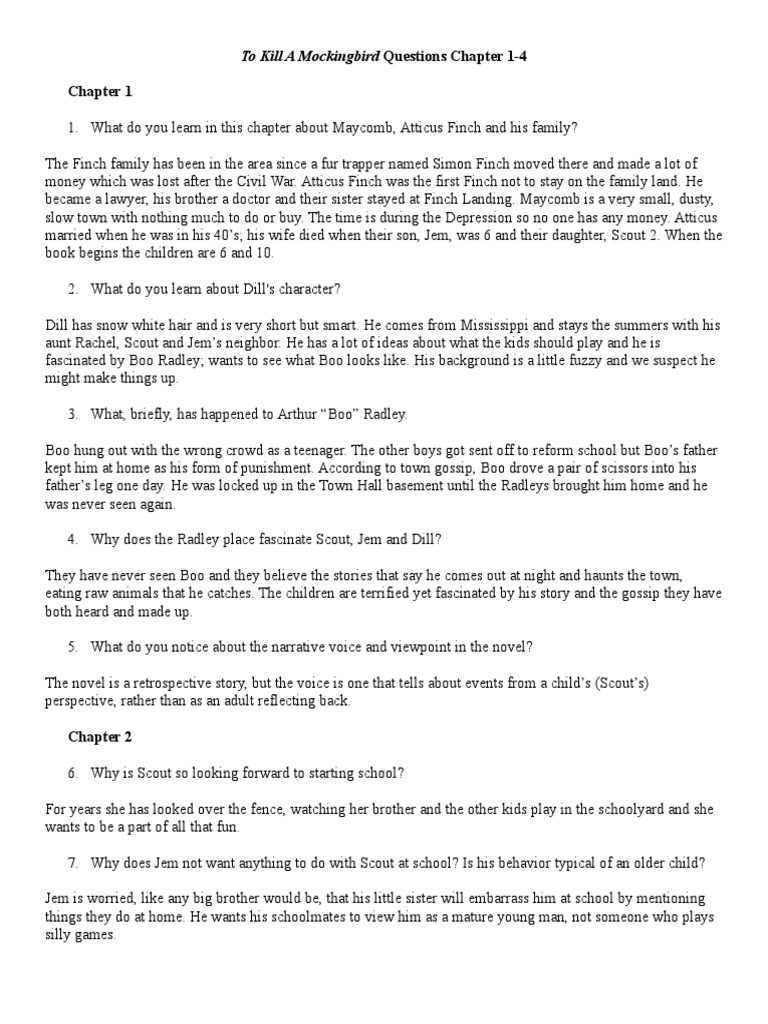
The setting of the story–time, place, and social environment–plays a significant role in shaping the narrative. Consider how the historical, cultural, or social context affects the characters’ actions and the development of the plot. Focus on:
- Time and place: How do the time period and location influence the events of the story?
- Social context: How do societal norms and expectations shape characters’ decisions and behavior?
By focusing on these areas, you can gain a deeper understanding of the work and its meaning. Examining the characters, themes, symbolism, and setting provides a well-rounded approach to preparing for exams, ensuring that you can analyze the material from multiple angles and respond effectively to questions.